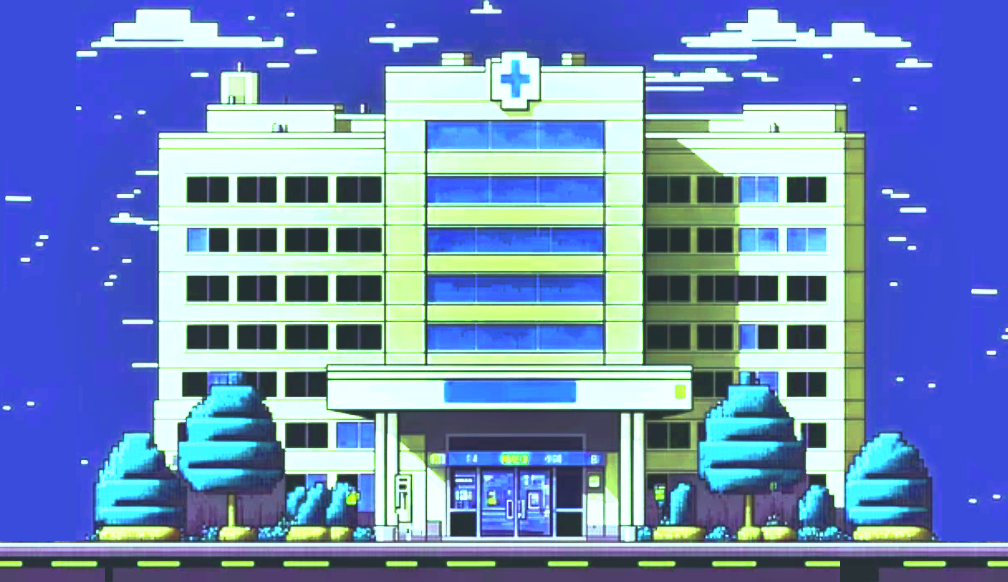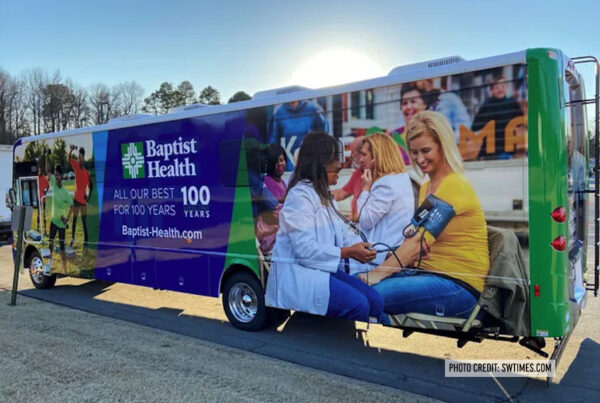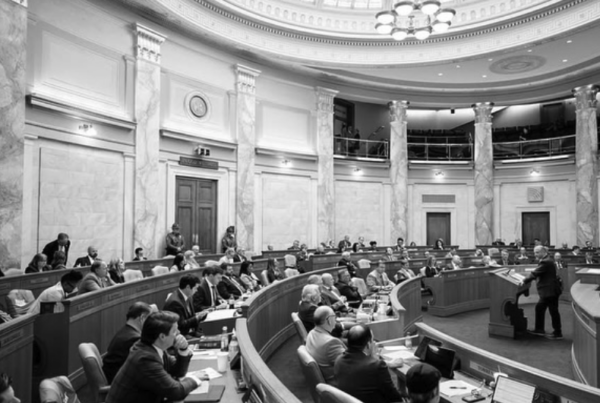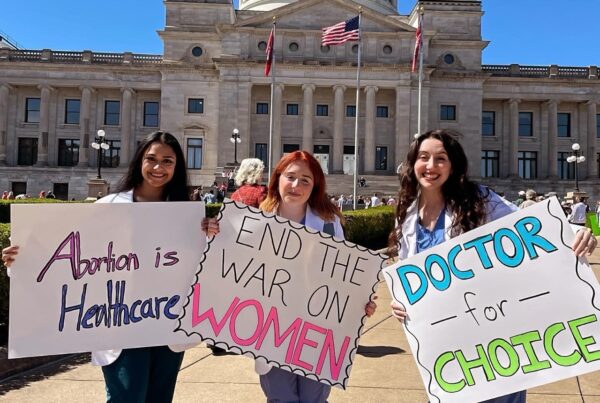AR is in a rural healthcare crisis. In a two part series, we’ll break down what’s happening with rural healthcare and how it impacts you.
The Natural State is one of the most rural states in our country and faces a unique set of challenges, like access to healthcare, education, and economic opportunity. Today we’re going to take a closer look at Arkansas’s rural healthcare situation.
The First Problem: impact of accessibility

If you’ve ever driven an hour “into town” just to get groceries or drop a kid at school, chances are you understand the difficulty of getting quality healthcare in a rural area.
Nearly half of Arkansas is rural, meaning 42% of people in our state live in small towns of a few thousand people or less.
Less densely populated towns and lots of space between people means fewer healthcare providers and workers, whether that’s general practitioners or specialized providers. As a result, our rural neighbors often find it challenging to access even the most basic, necessary medical care. Even more dangerous, if a rural resident requires speciality care of any kind, accessibility becomes vastly more difficult.
For example, take insurance coverage: Many Arkansans are underinsured or simply do not have insurance at all. This makes it hard, if not impossible, to find and pay for certain healthcare services. It also disincentives residents from seeking basic and preventative care on a regular basis, which results in poorer health outcomes as these patients age.
Additionally, our state is purging its list of those who receive Medicaid faster than any other state. While this process is necessary because we are no longer under a federal COVID-19 emergency, Arkansas will purge its rolls in 6 months’ time; the rest of the country is taking around 12 months. The expedited timeline to flush the Medicaid rolls is noteworthy because when the state speeds up these processes, there is a risk that those who actually qualify for coverage will lose it in the hurry. Many Arkansans who qualify for Medicaid coverage have already had it revoked. The result? Even more hardship and problems for rural Arkansans trying to access the care they need.

Another factor exacerbating our rural healthcare crisis is a lack of resources. We’ll dive into human and hospital resourcing in a minute, but first, let’s talk technology.
There are still hundreds of Arkansas communities without access to broadband internet. During COVID, Arkansans with access to dependable internet had the option to receive virtual healthcare from providers — a meaningful, essential service for those in need of regular check-ins, mental health therapy, and more. But without stable internet, those with less-dependable broadband services were at a disadvantage. As more healthcare services move toward tele-health, Arkansans without broadband will be left behind.
The Second Problem: Rural hospital closures
Has a hospital near you shut its doors? Our small town hospitals, many of which already serve vast areas because of the lack of other healthcare resources, are closing left and right. Over the past 12 years, almost 60 rural hospitals have closed in Arkansas and its neighboring states. According to Becker’s Hospital Report from last year, there are 22 rural Arkansas hospitals right now at risk of permanently closing. These 22 hospitals make up nearly half of Arkansas’s rural hospital network.
Rising costs are to blame for most of the closures, as remote hospitals can’t keep up with financial pressures. Because rural hospitals are in areas with higher rates of poverty and unemployment, providers treat a higher percentage of uninsured and underinsured patients. Federal funding during the pandemic helped a lot of rural hospitals stay afloat, but now that the pandemic emergency declaration has ended, these same hospitals will again rely on recuperated costs through insurers to cover expenses.
But smaller populations means fewer patients coming through hospital doors, and fewer patients means not enough reimbursements to cover the cost of care. Rural hospitals simply do not have enough patients to make ends meet without government support.
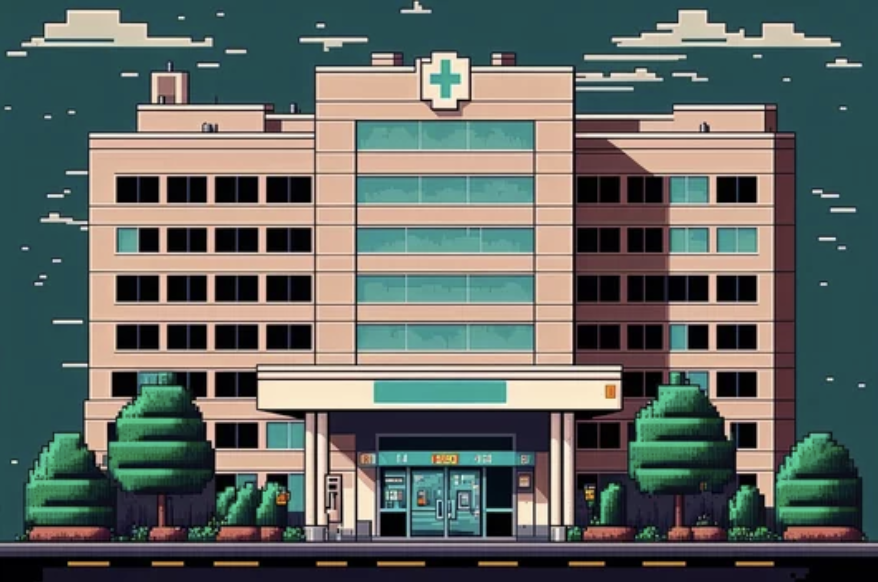
And then there is the workforce factor: a lot of our smaller hospitals struggle to attract and retain healthcare professionals, including basic providers like primary care physicians and nurses; and this is saying nothing about specialized medical treatment. Hospitals require a certain number of staff per hour of each day; smaller rural populations make it hard to fully staff the system.
State leaders have tried to address the healthcare workforce issue by implementing programs like the Rural Medical Practice Student Loan and Scholarship Program. This program was at risk of being gutted just a few weeks ago; this would have allowed hospitals and healthcare companies in larger, more developed areas get first dibs on new doctors. The move would have jeopardized the program’s goal of getting fresh providers into underserved rural areas, because metro areas would have scooped up the new doctors first. Thankfully the Department of Higher Education stepped in and saved the program’s original purpose to ensure talented healthcare professionals are incentivized to work in rural Arkansas Communities.
But our state government still has a lot of work left. It’s the job of government to support rural providers and get rural people the healthcare they desperately need. So to recap, Arkansas’s healthcare crisis is about accessibility and rural hospital closures. The good news is both of these issues have solutions; moving forward, our state leaders must prioritize fixing Arkansas’s rural healthcare crisis.
Stay tuned for Part II, where we explore the prognosis and the prescription for these challenges.


